Tibetan Thangka Painting- Buddhist Painting
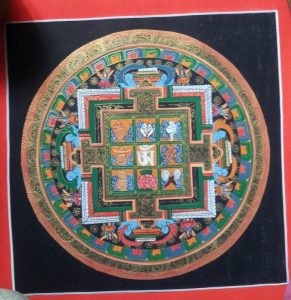
Tibetan Thangka painting is first and foremost a kind of religious painting which is also known as Pauba painting in Newari. Thangkas are the Tibetan version of ancient Buddhist scroll paintings practices since Buddha’s era in Nepal. The word Thangka itself means that which can be rolled up so that it could be easily carried by the monks and used as a teaching tool. Thangka paintings are unique Himalayan art that attained traditional knowledge in the Tibetan tradition between the 7th and 12th centuries.
A Thangka is more than a piece of artwork. It is two-dimensional representation of spiritual world. It is an object of devotion, an aid to spiritual practice and also a source of blessings to those who meditate upon it. Basically it is a visual tool to help in your meditation spiritual practice to attain higher level of enlightenment. Thangka paintings carry incredible power and blessings that can bring positive energy in your life and environment surrounding you.
The bright colors and forms awaken the mind and boost awareness. It is also believed that even looking at a Thangka is itself a good deed. The reason for people acquiring Thangka is also the general belief that it brings good health, prosperity, long life, and good luck. The Thangka paintings are found in shrine rooms and temples as a focus for devotional practice.
Tibetan Thangka painting is beyond oil painting or acrylic painting. They are usually painted on linen or coarse wool cloth and sometimes even on silk on special occasions. They can and are mounted in silk brocade. The base of the painting is prepared using a paste of Yak skin glue and fine lime. After the paste dries, carbon and paints using natural mineral and plant colors, such as yellow, mineral green, azurite and cinnabar, are applied. All the colors are mixed with animal glue and ox bile to keep them bright. Strict iconography rules are followed while making of Thangka taking from canvas preparation, drawing of the subject to mixing and applying colors, decorating with gold, and mounting the completed work in brocade. Every step involves skill and care displaying meticulous detail and exquisite craftsmanship. Most, Thangkas last for very long time even ages; however they have to be kept in dry place where moisture wont affect its quality.
The subjects of Thangka painting are religious, however sometime folklore themes also intrude. Mostly philosophical and religious elements such as images of Bodhisattva, different kinds of Buddha Rupas, wheel of life, map of universe, life cycle of Buddha, etc. are the common themes of Tibetan Thangka. Paintings can possess an awesome beauty that are calming and soothing to your mind. On the other hand they can also possess vivid and frightening images and symbols like that of wrathful deities.
How a Thangka is valued is always affected by its art style, genre and the complexity of the painting, material texture and quality. Nonetheless, the value of Thangka also depends upon the skill of an artist. It takes about 7 to 8 months to complete a Thangka of one square meter depending on a daily of 6 to 8 working hours. A high quality Thangka of significant size will correspond higher value and price.
Visit our Dharma Store for beautiful high quality Buddhist Thangka Painting.
 The statue arrived super fast and very well packed. The vibe in my apartment changed immediately into something deeply calming and soothing. As if all the tensions and anxieties have melted. Can’t believe just how majestic he looks. I was already deeply moved by the photo, but when I see the statue with my own eyes…It feels as if Manjushri is right there, with infinite compassion in his infinite wisdom. May all sentient beings be benefitted and realize their true nature.???
The statue arrived super fast and very well packed. The vibe in my apartment changed immediately into something deeply calming and soothing. As if all the tensions and anxieties have melted. Can’t believe just how majestic he looks. I was already deeply moved by the photo, but when I see the statue with my own eyes…It feels as if Manjushri is right there, with infinite compassion in his infinite wisdom. May all sentient beings be benefitted and realize their true nature.???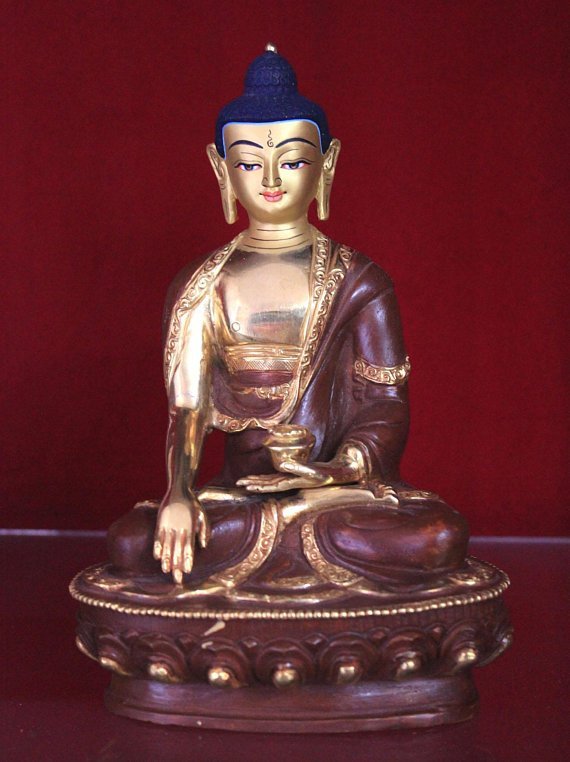
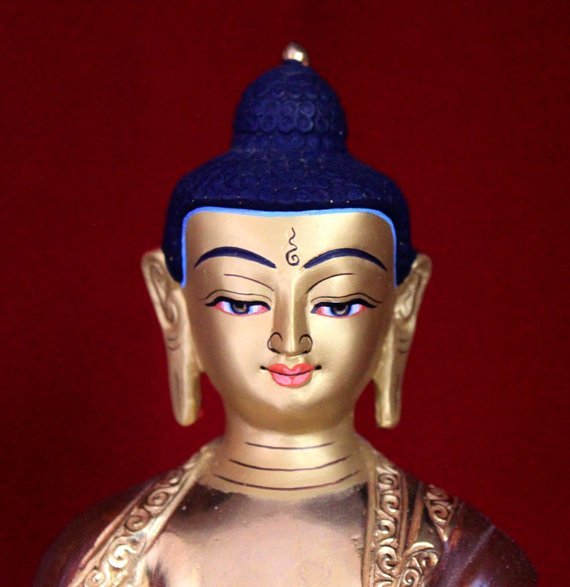
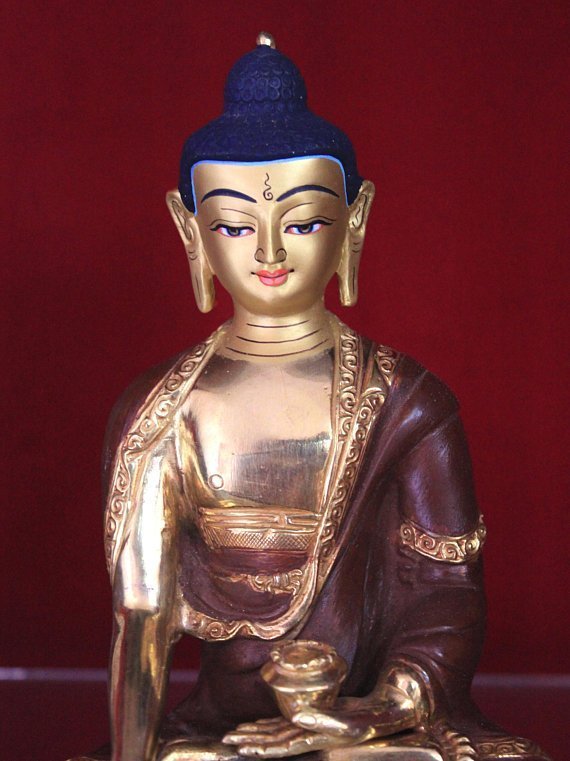
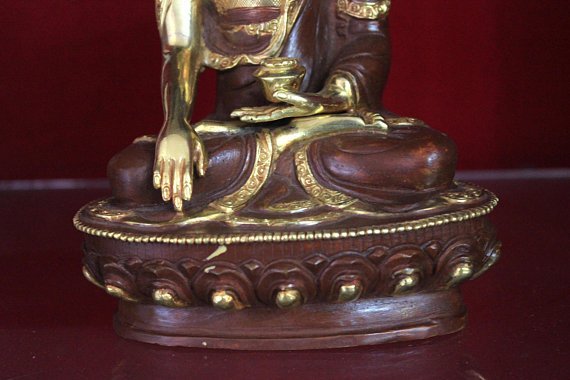
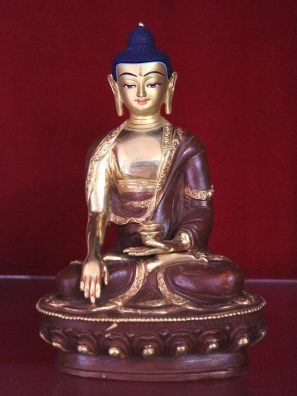
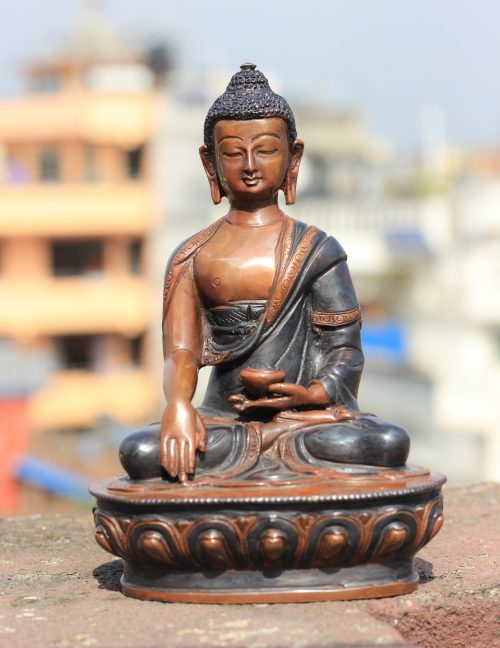
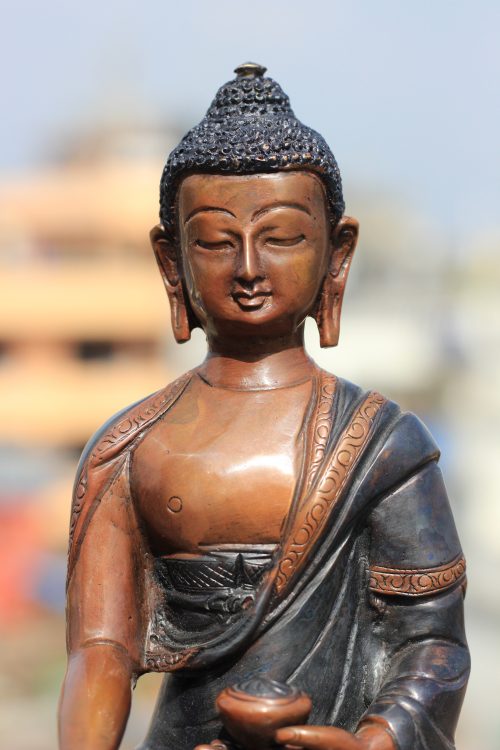
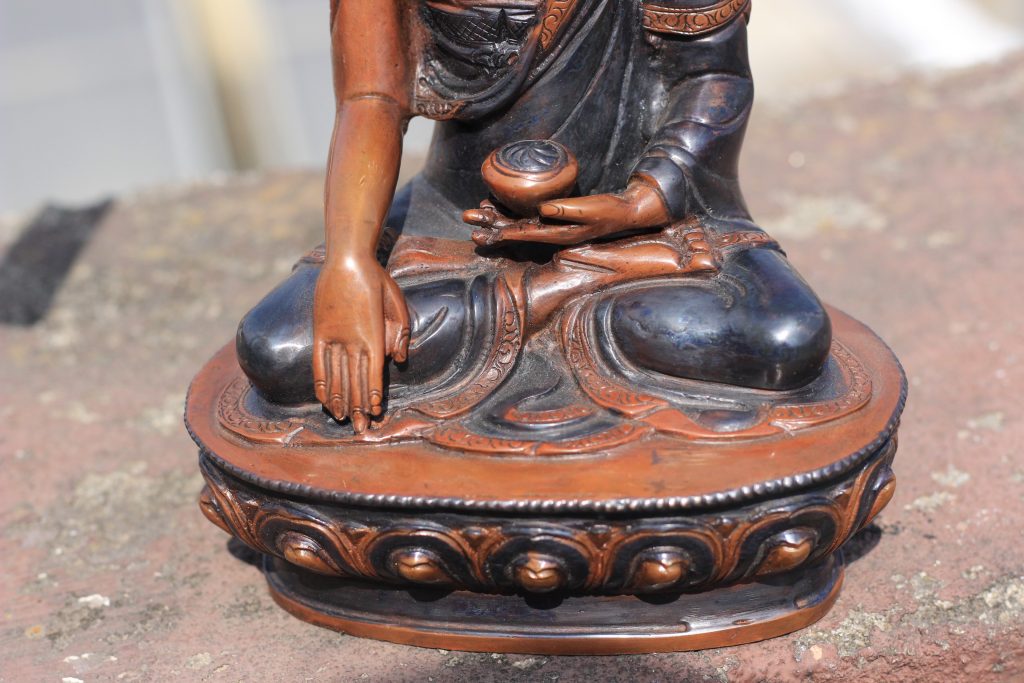
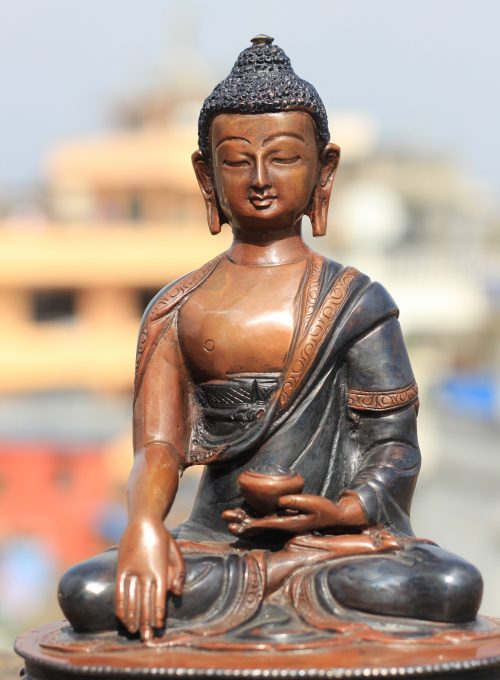
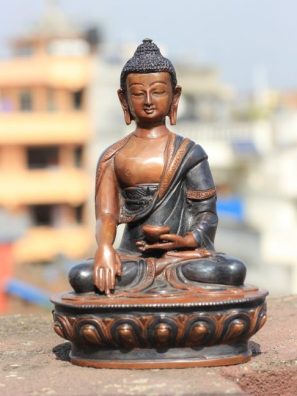
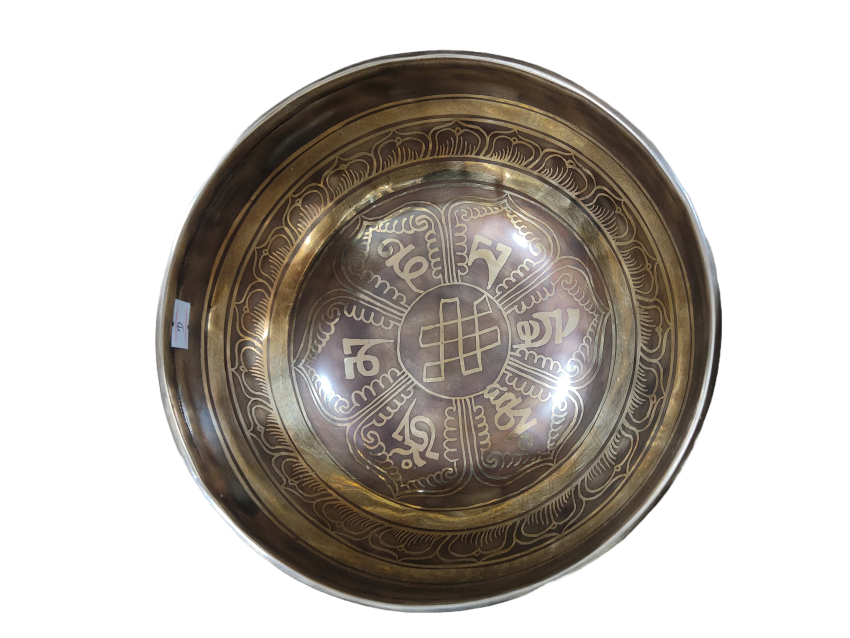
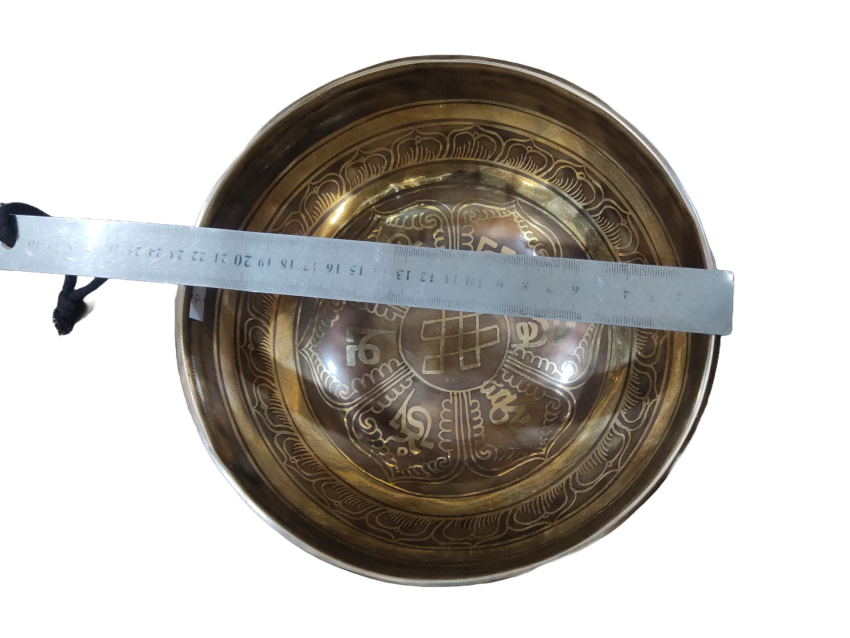
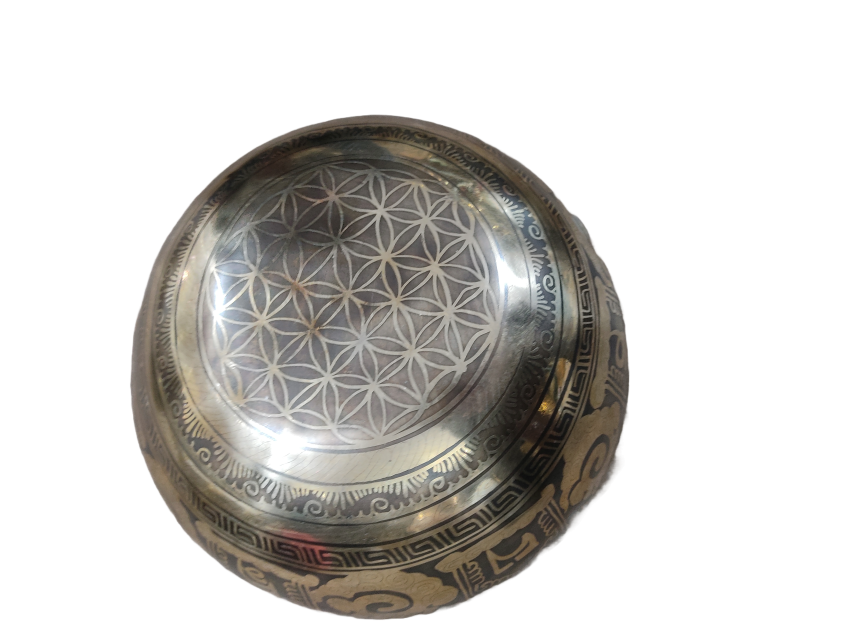
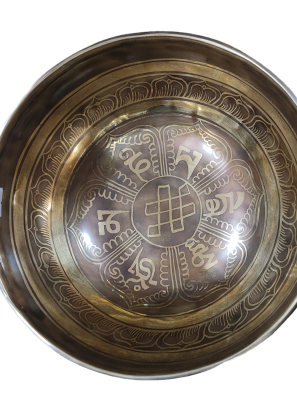
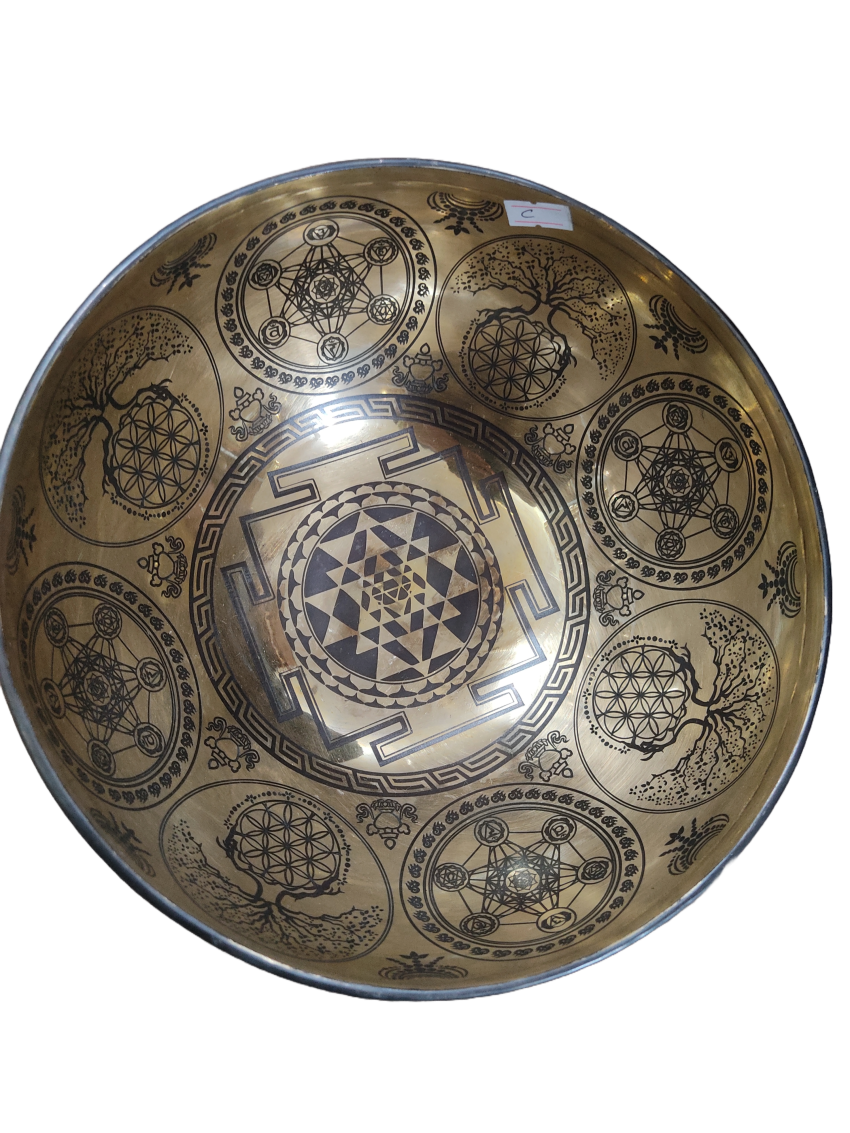
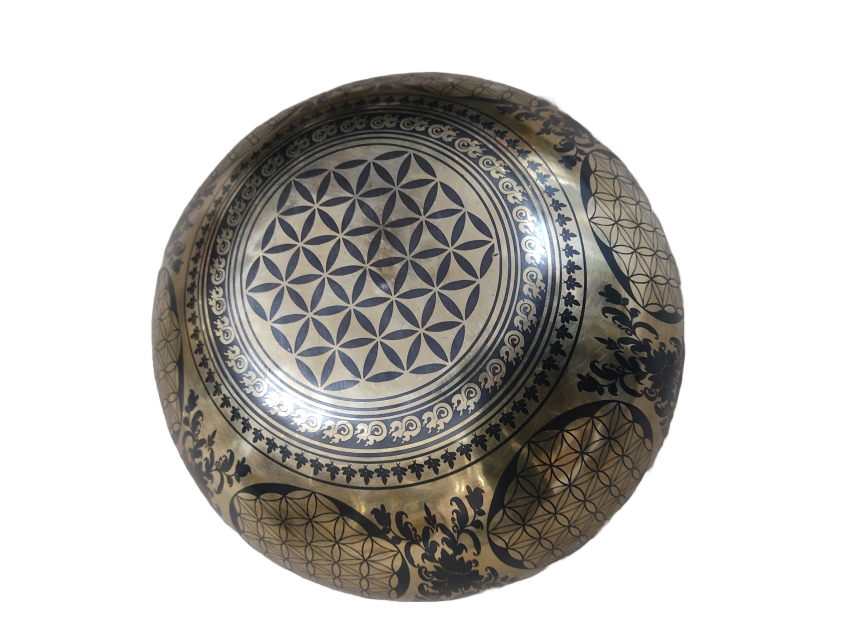
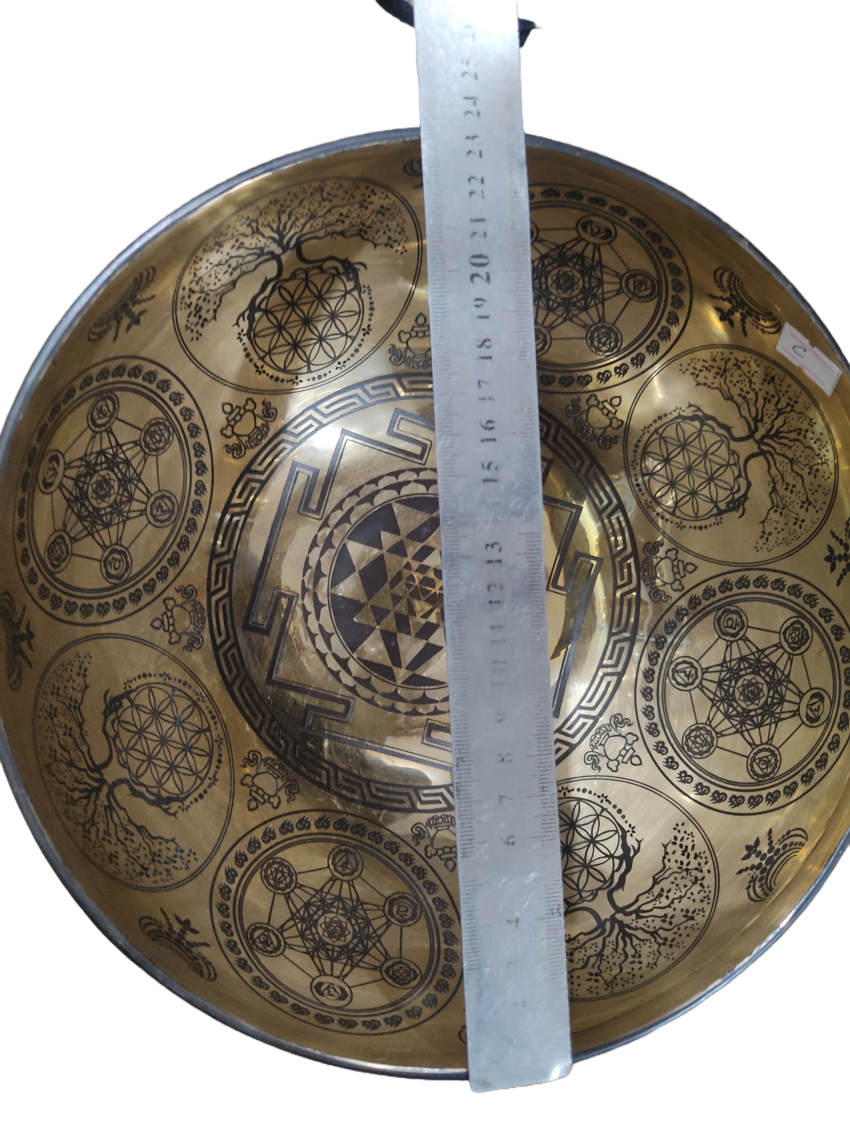
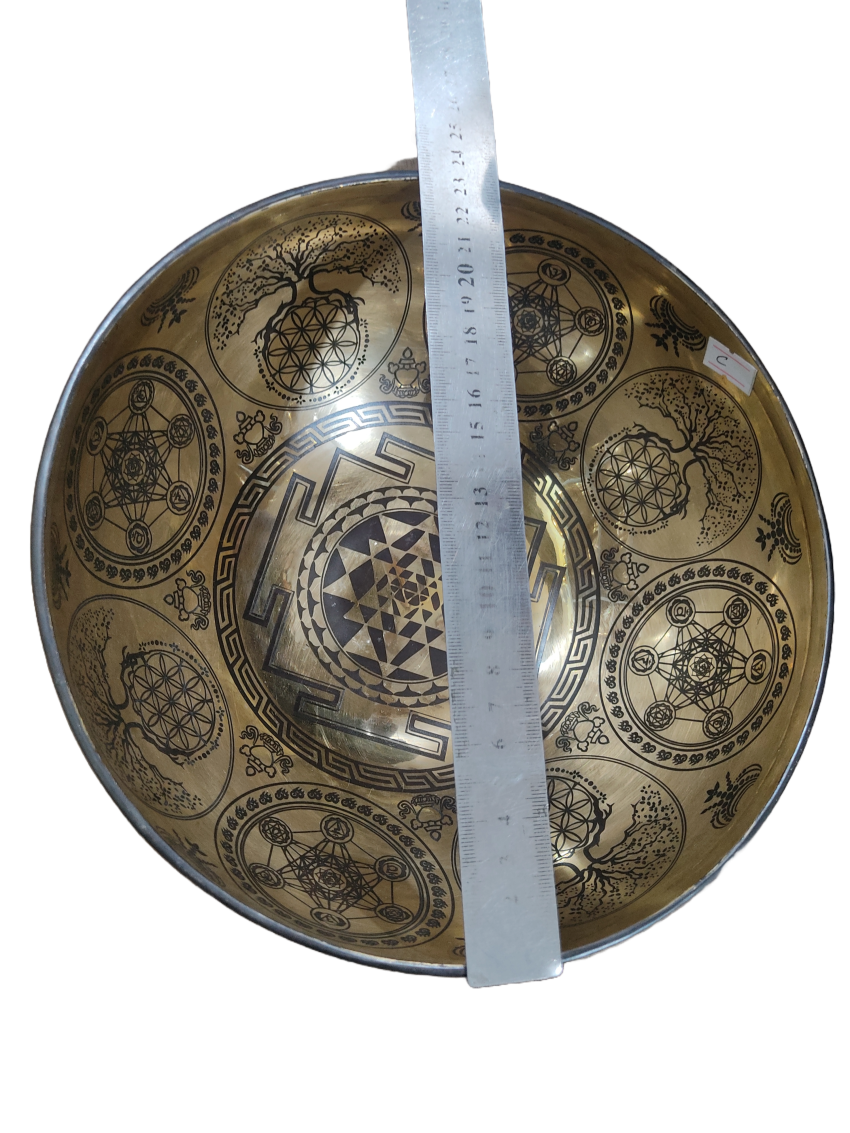
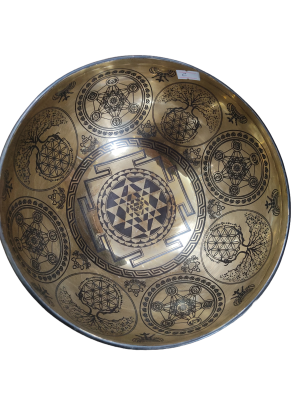
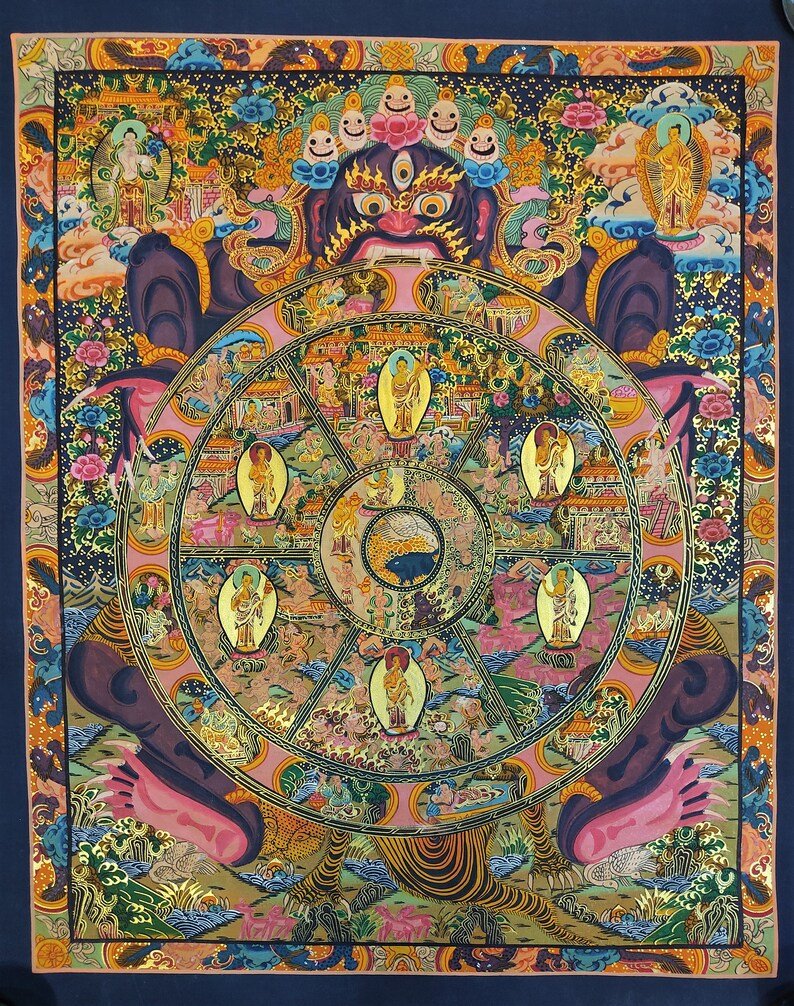
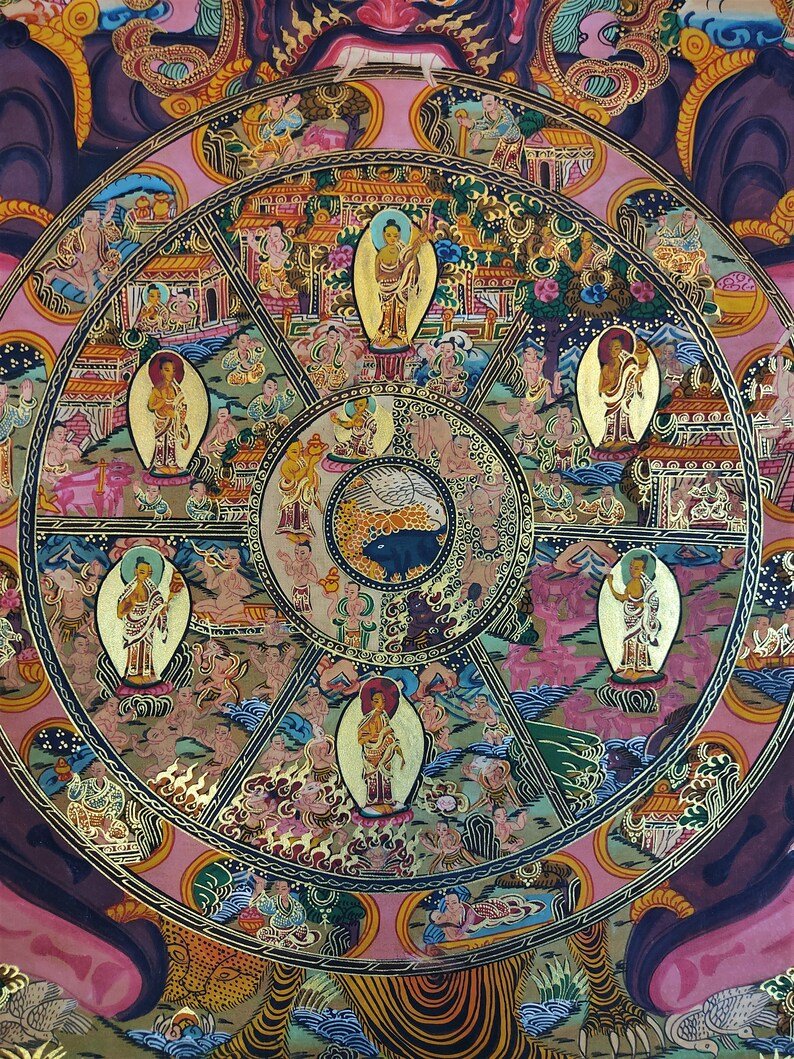
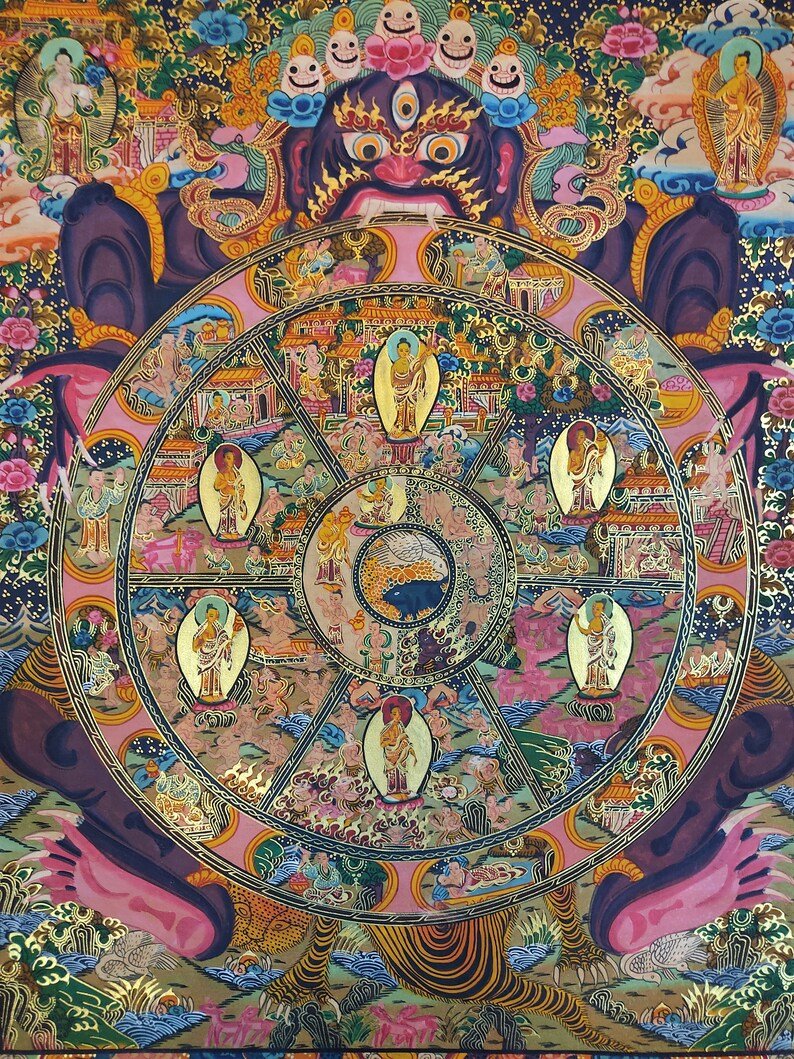
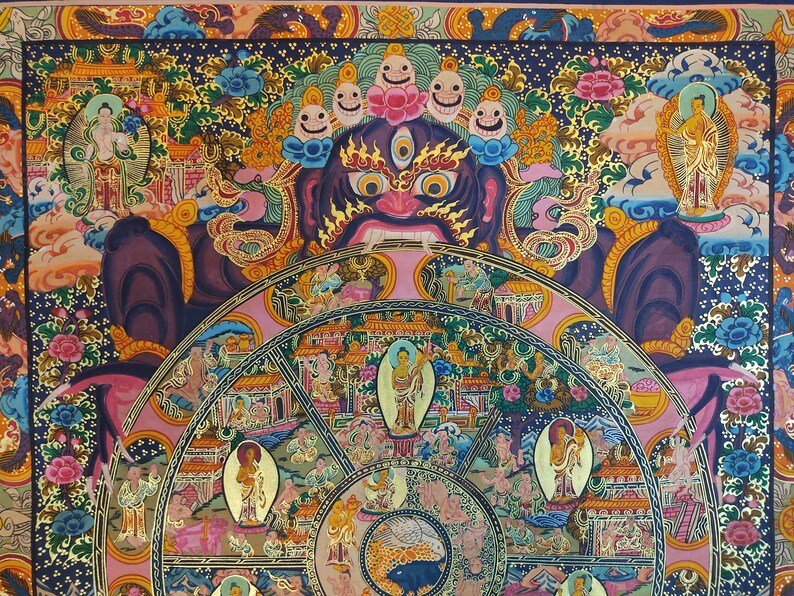
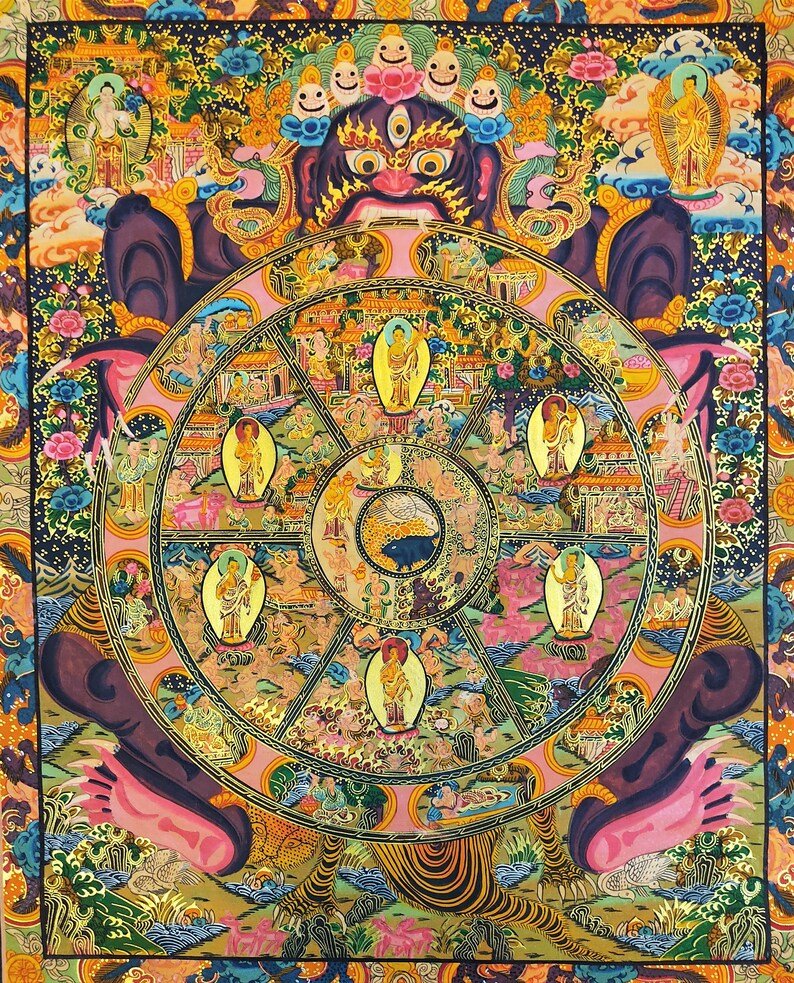
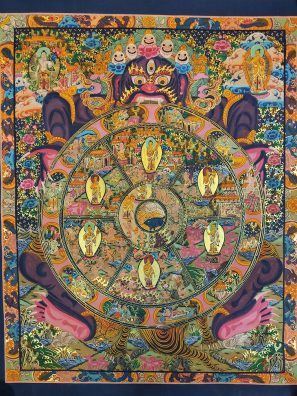
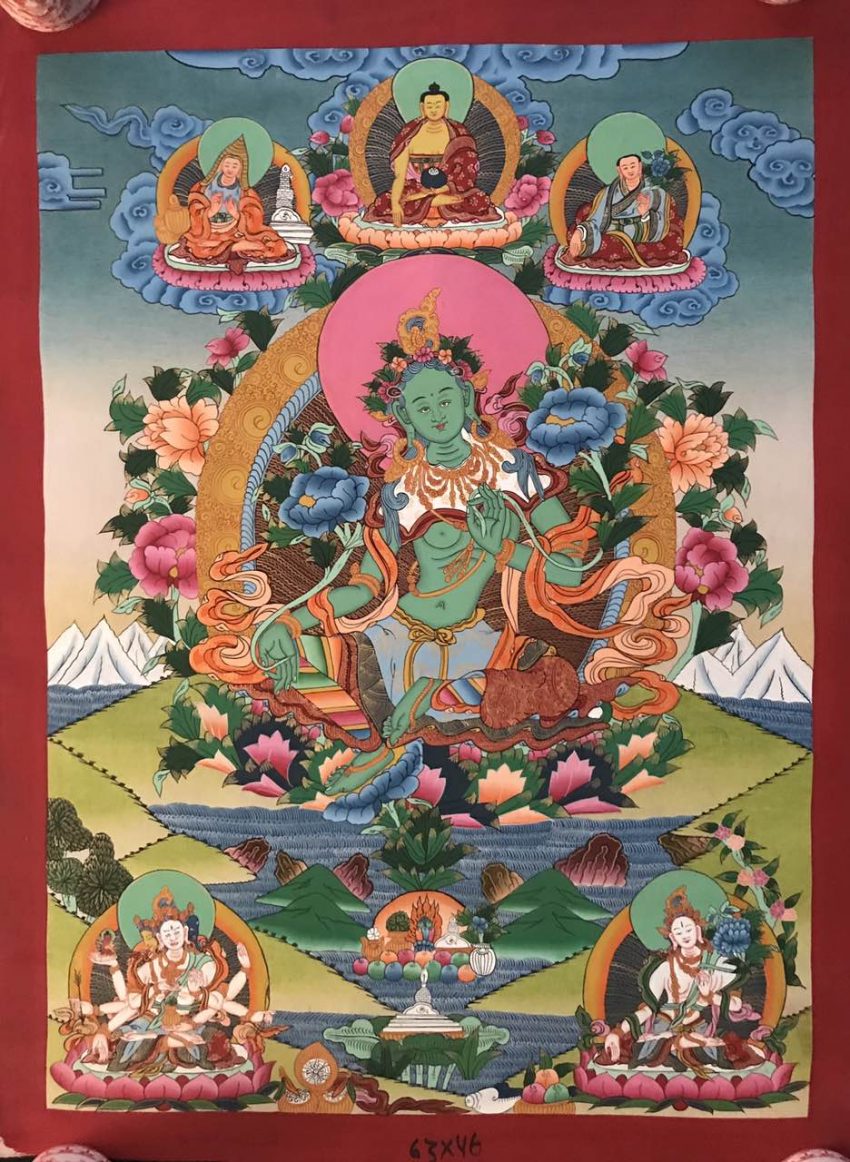
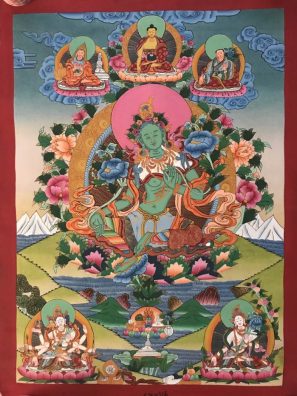
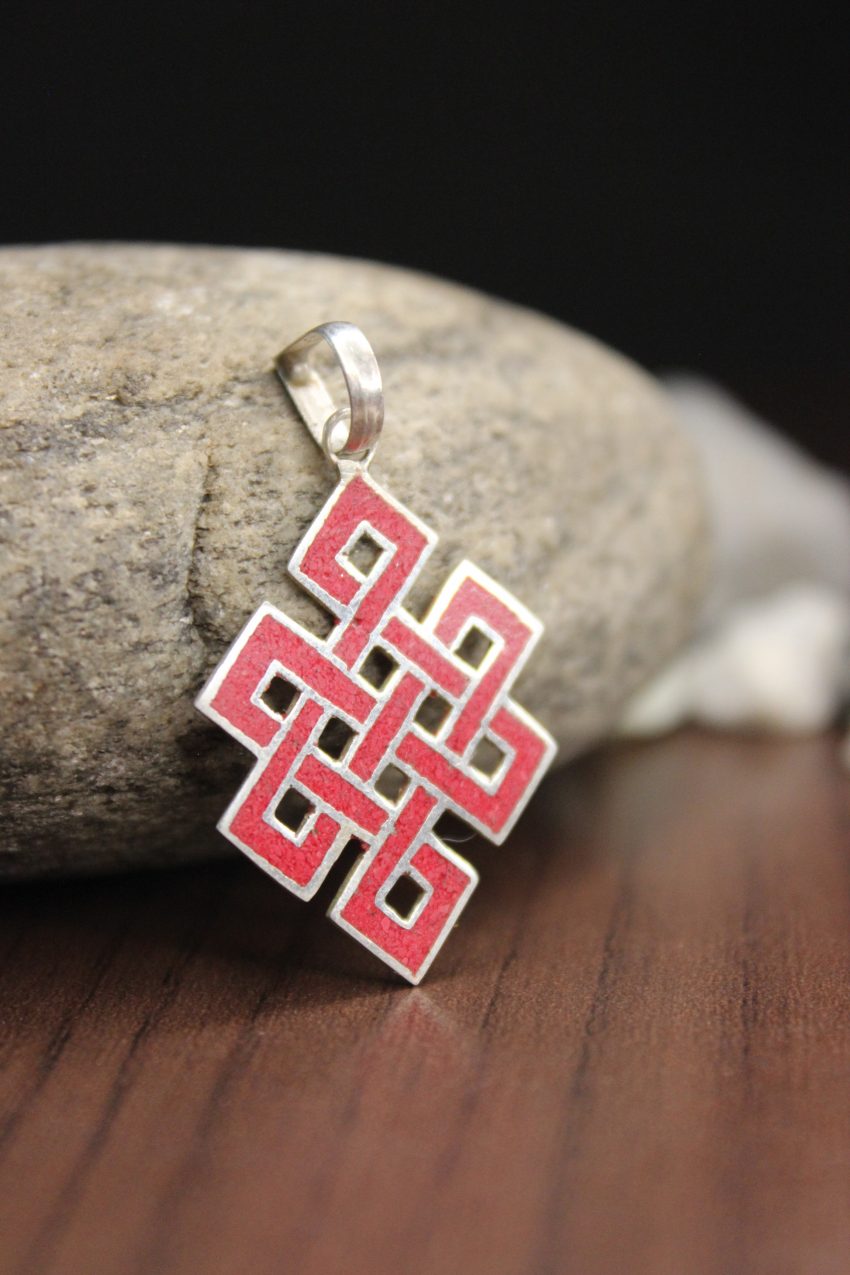
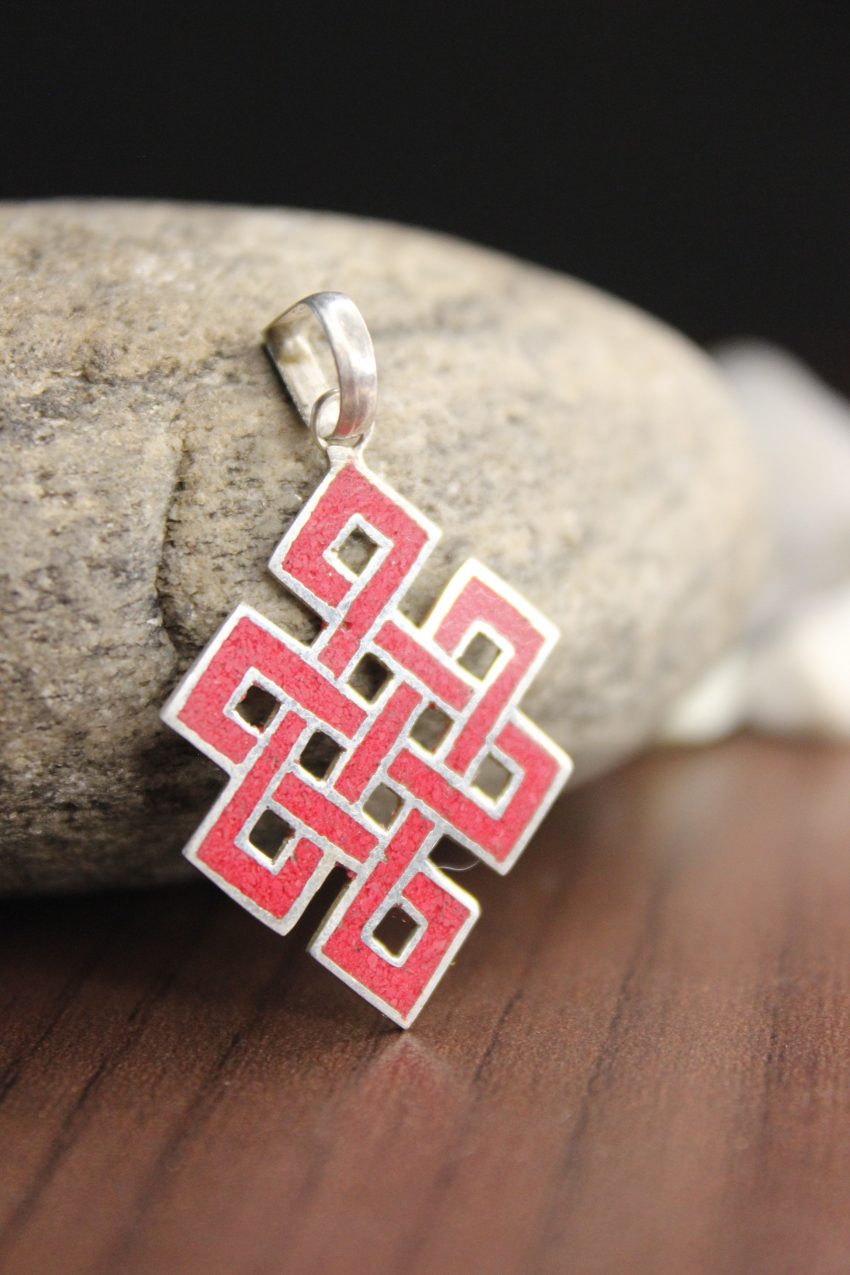
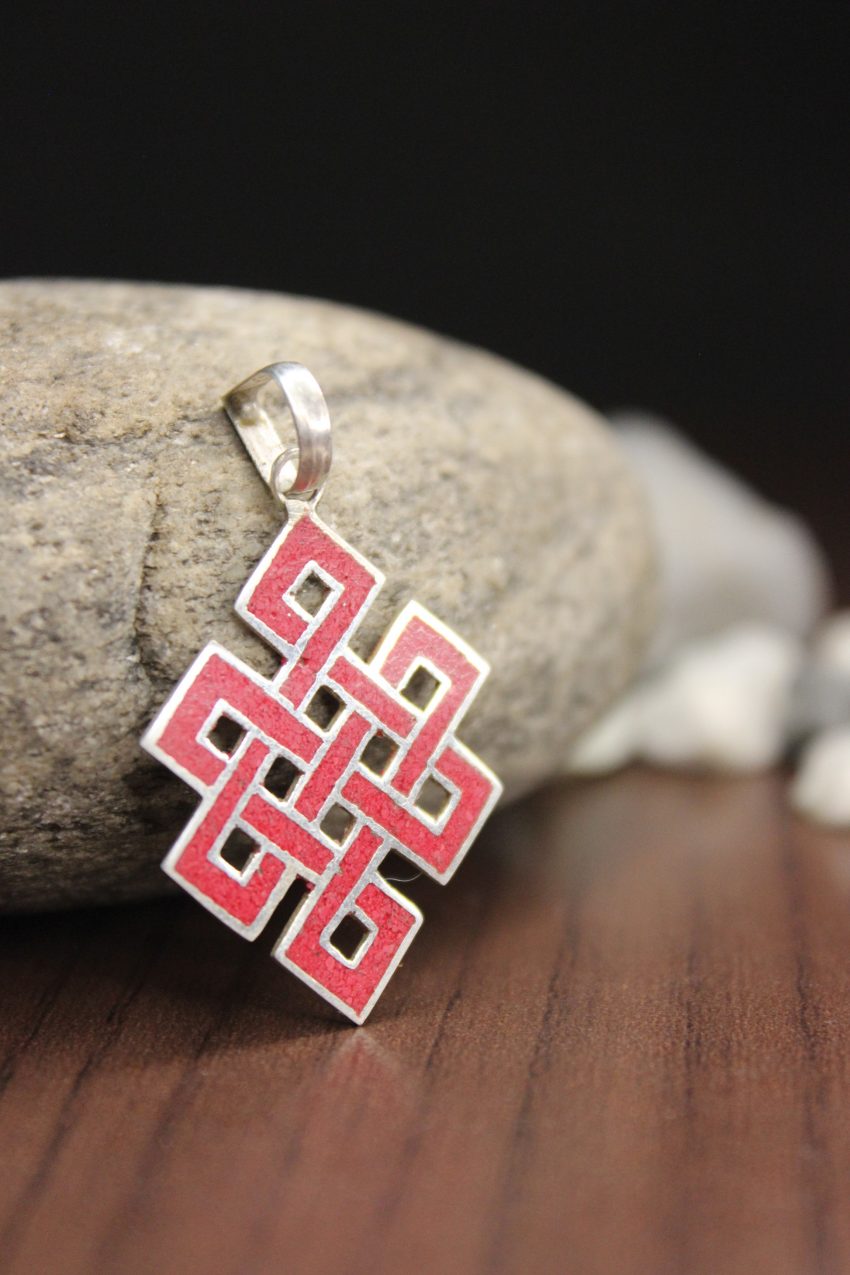
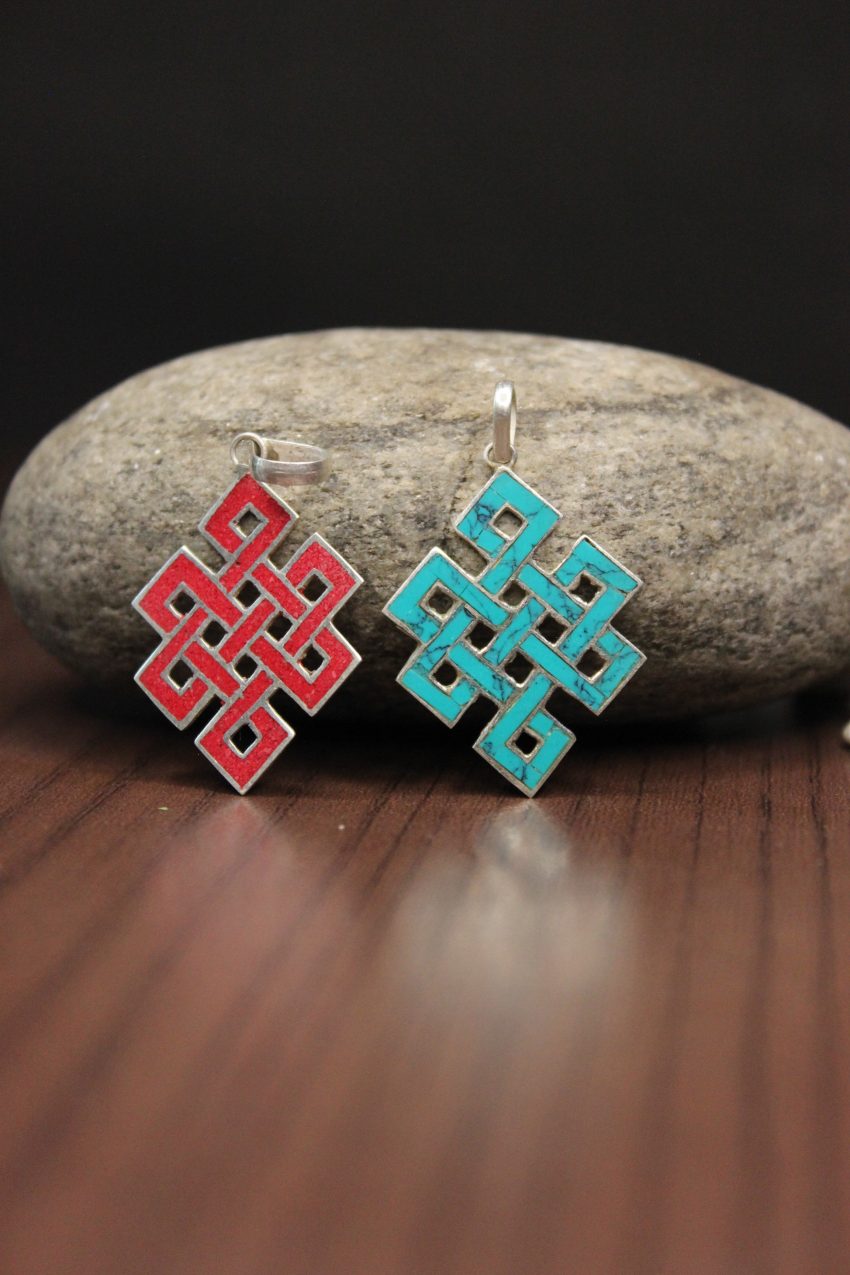
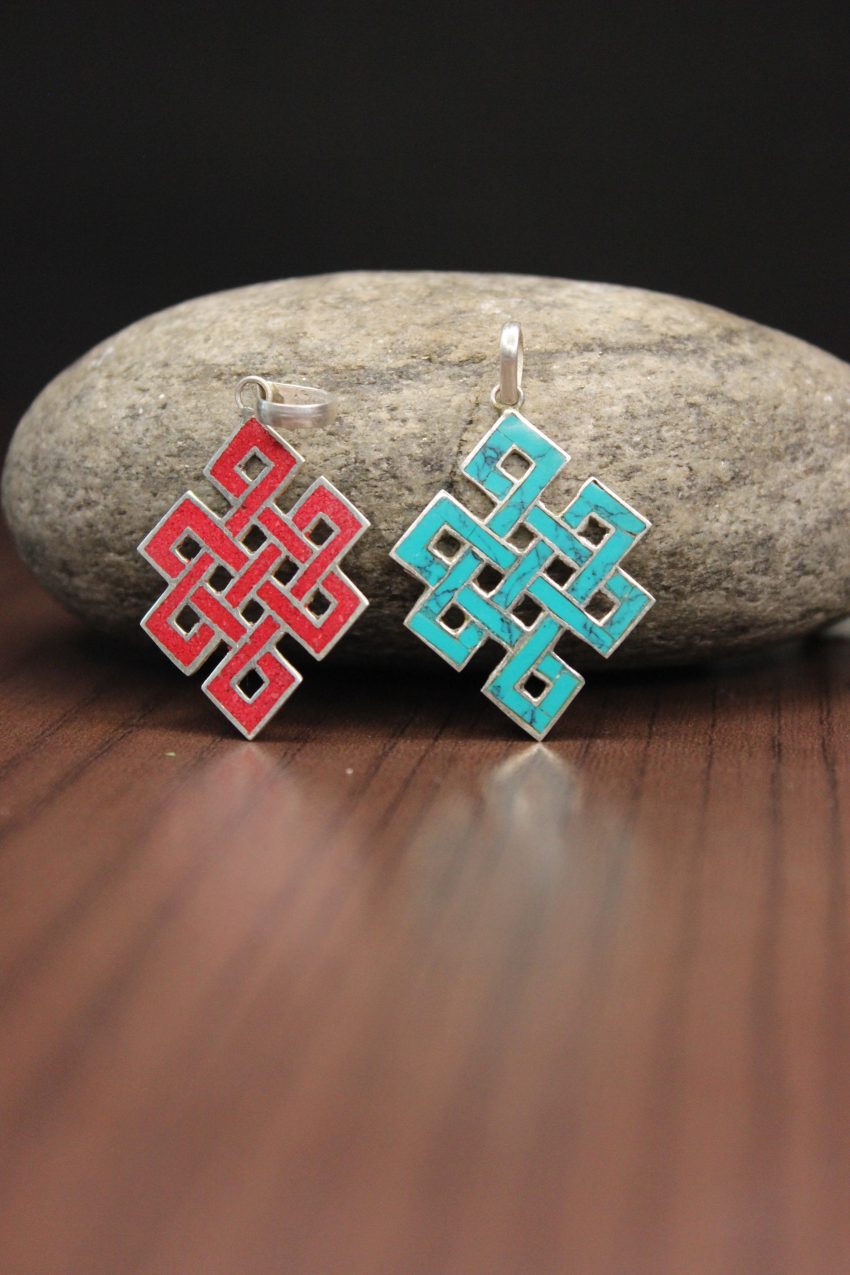
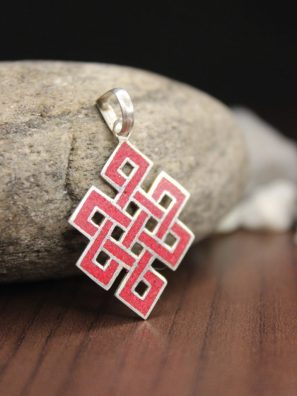
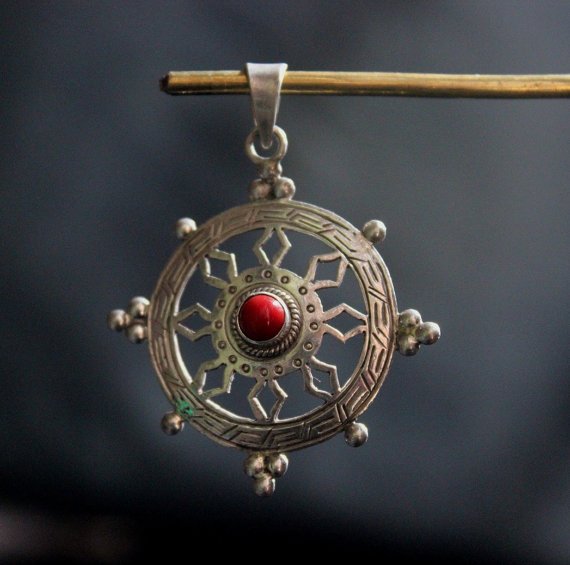
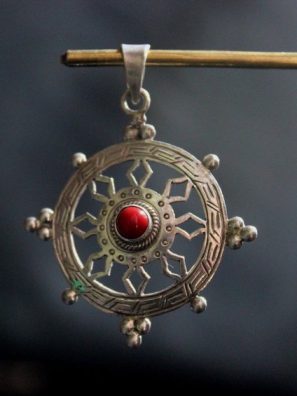
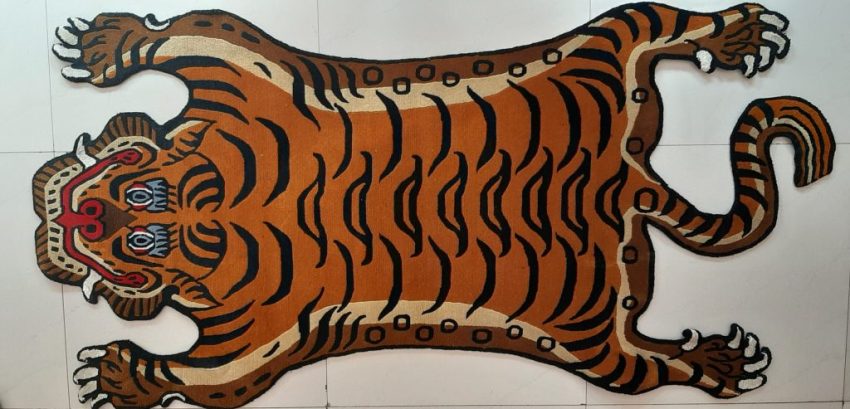
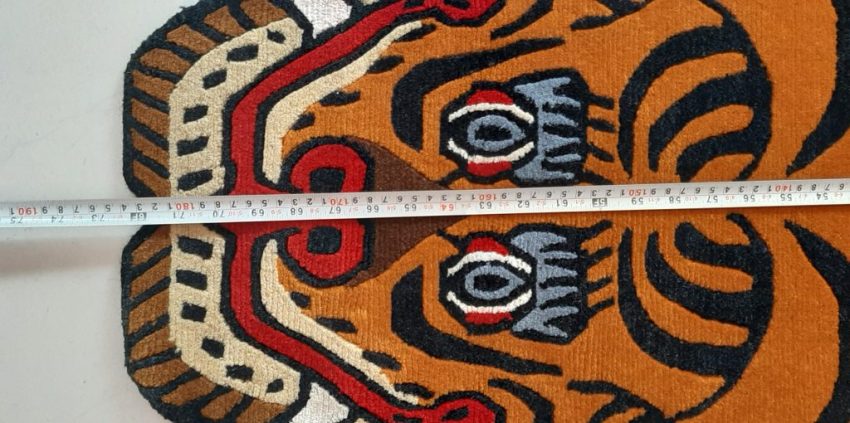
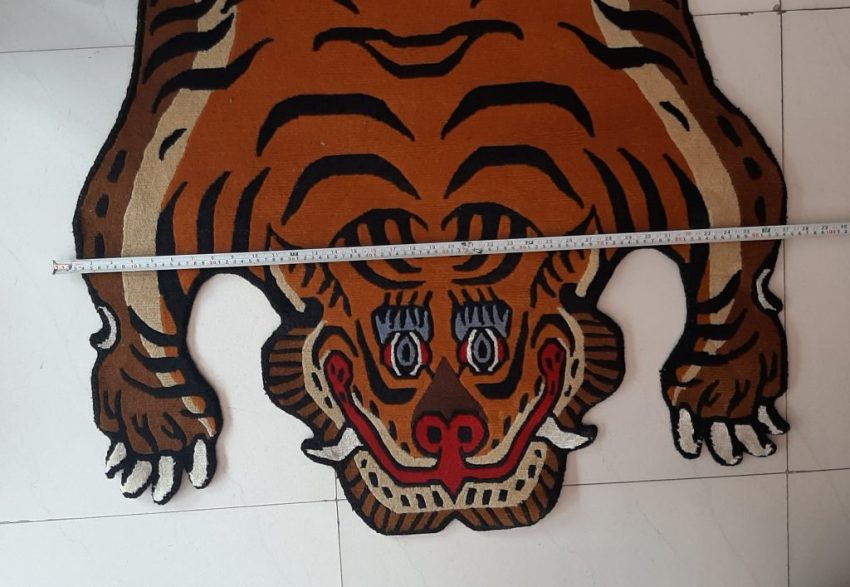
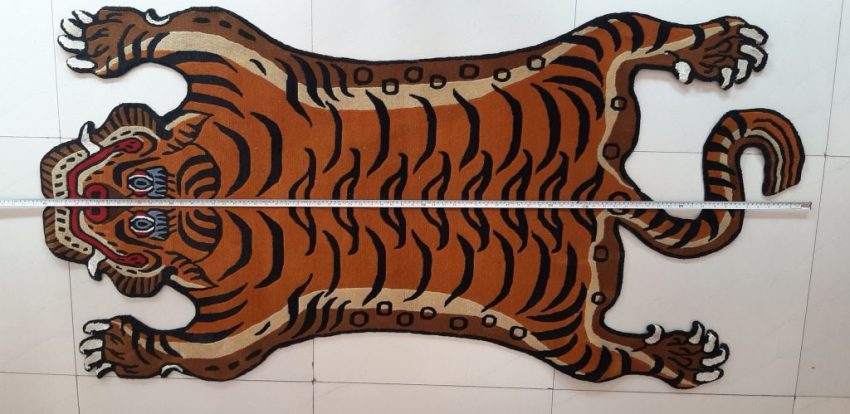
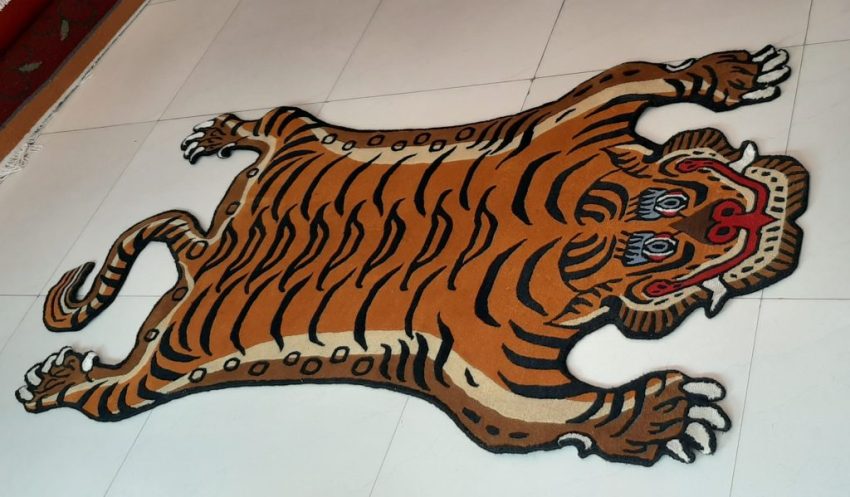
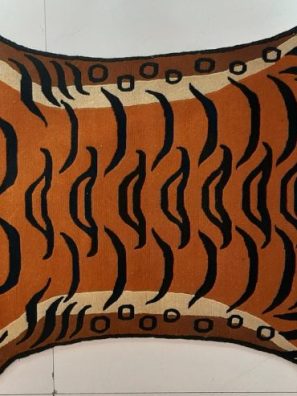
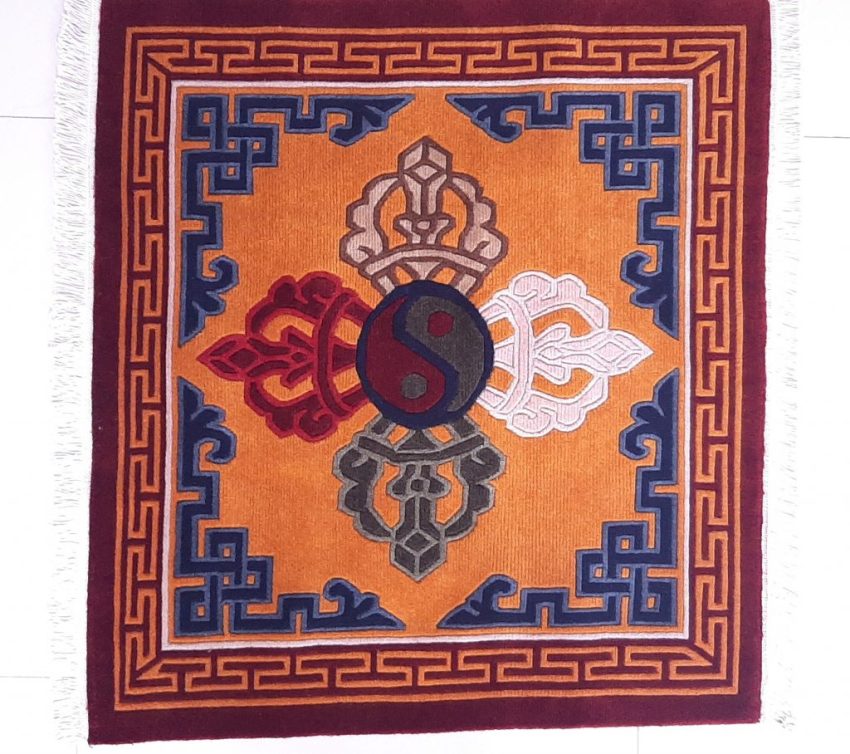
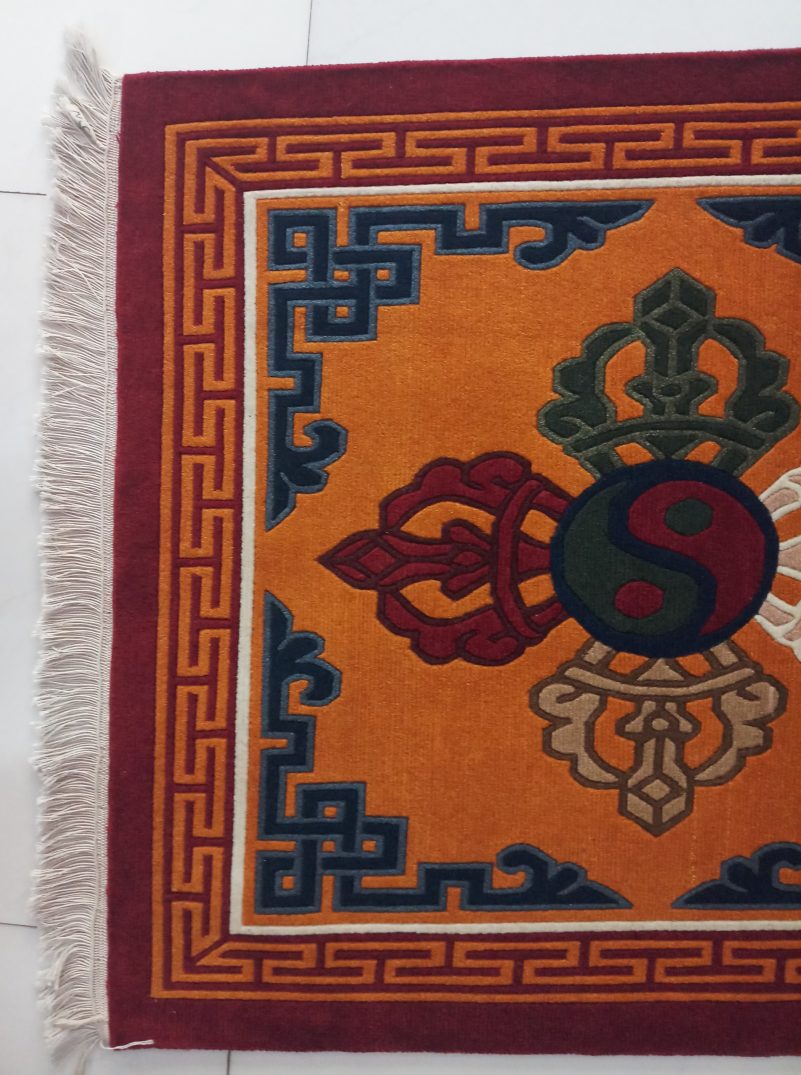
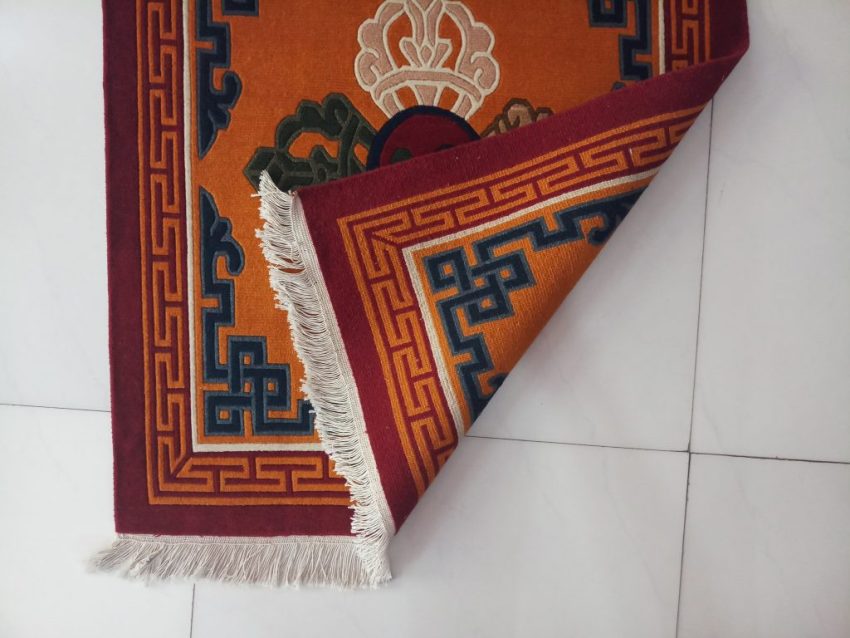
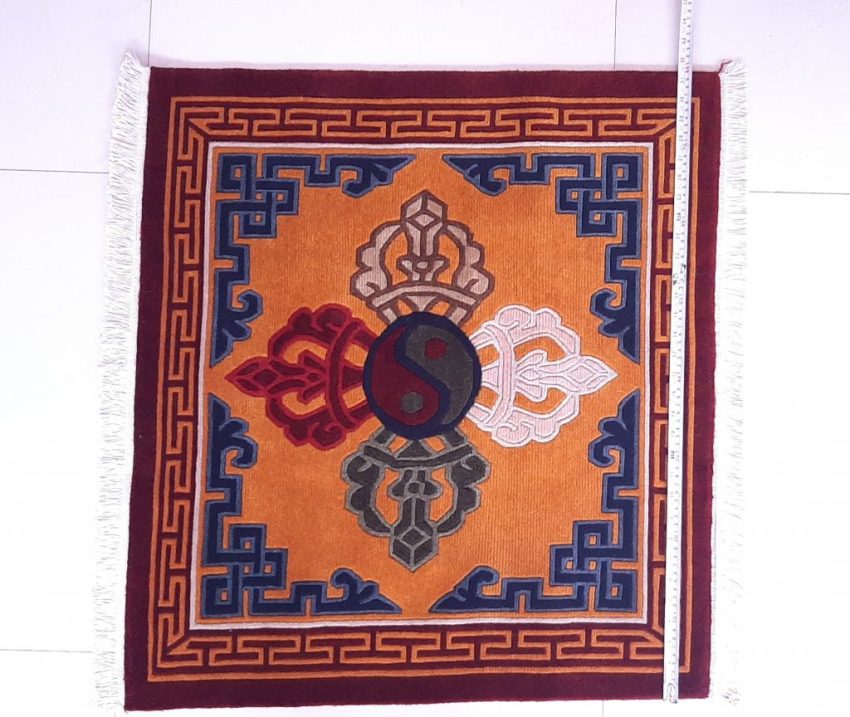
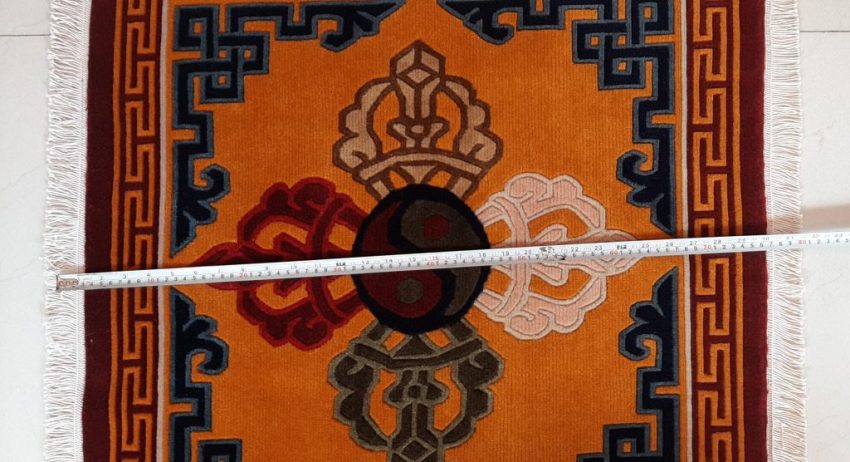
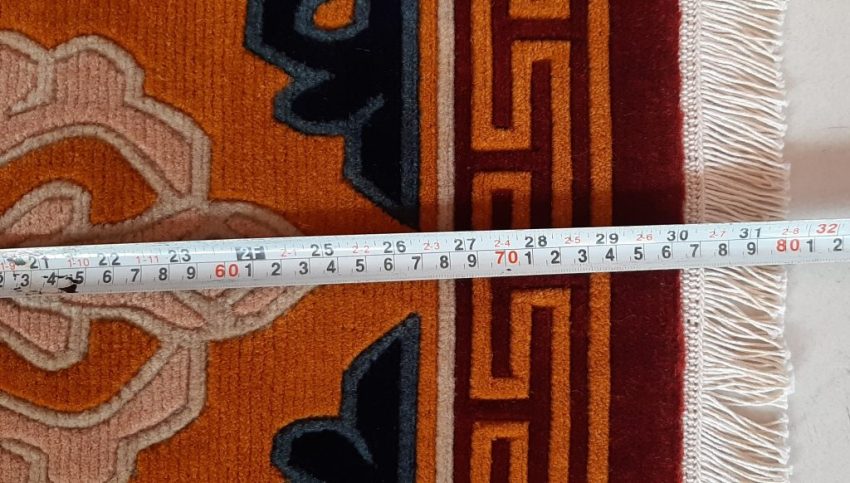
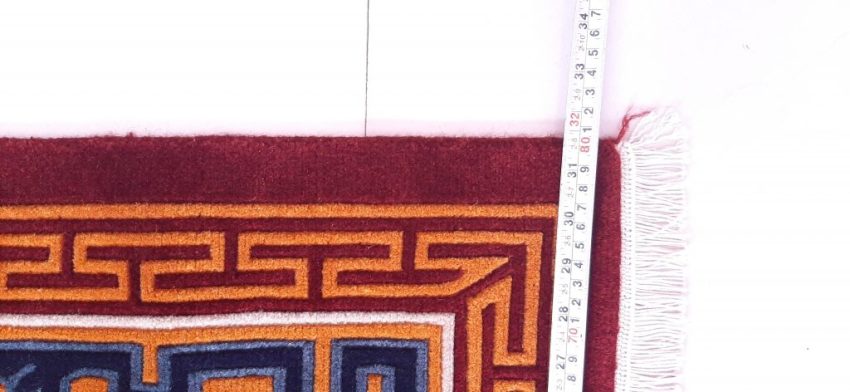
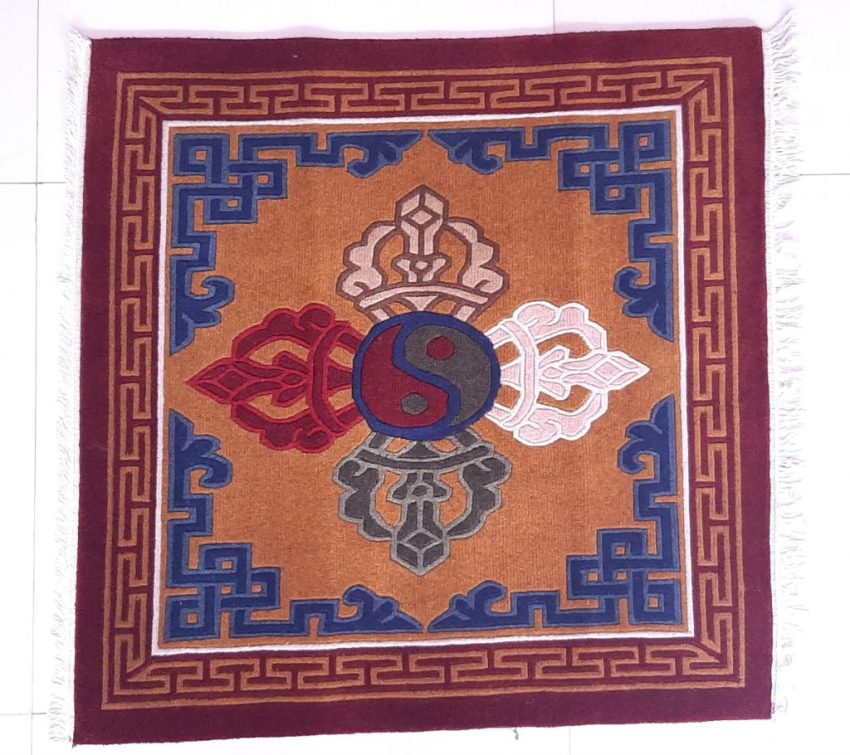
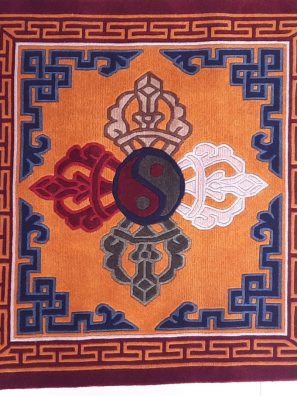

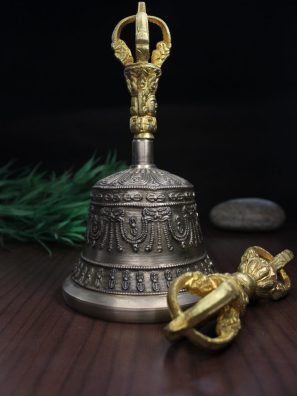
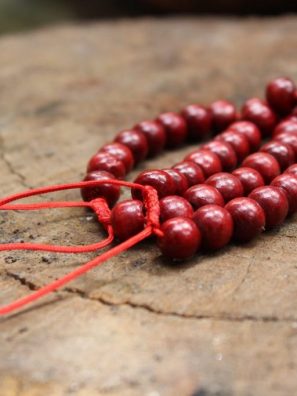
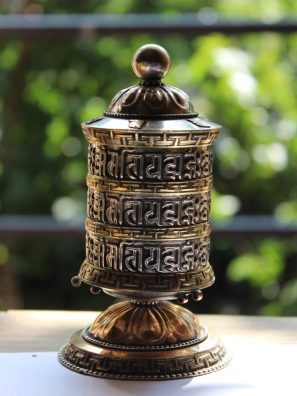
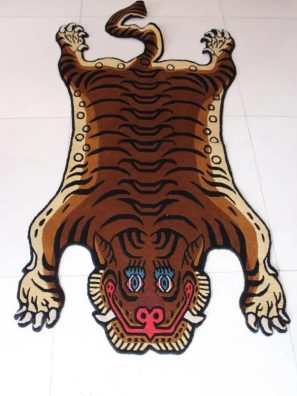
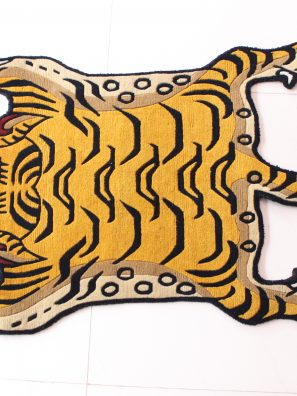
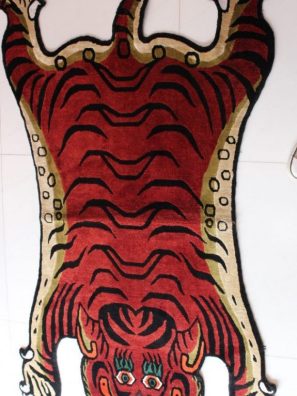
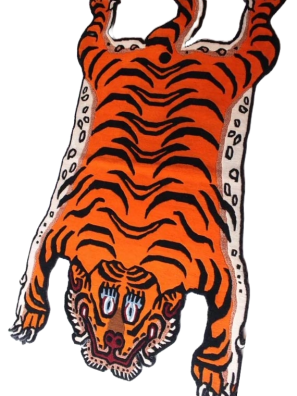
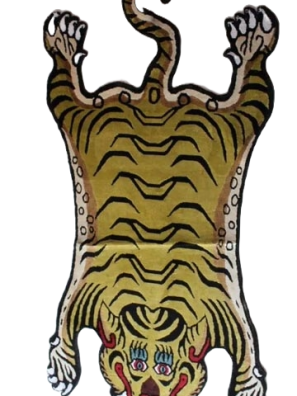
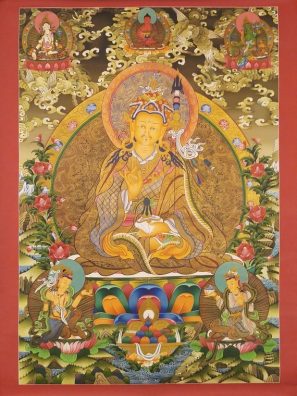
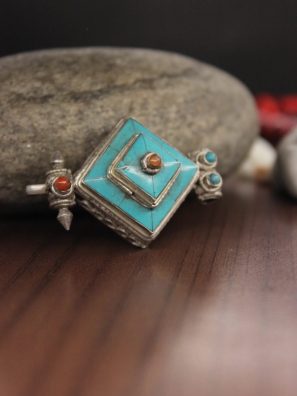
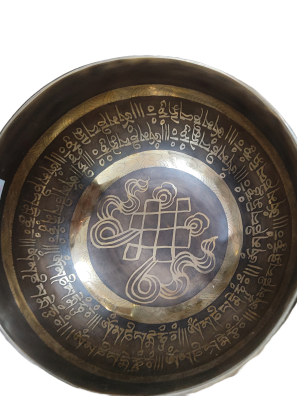
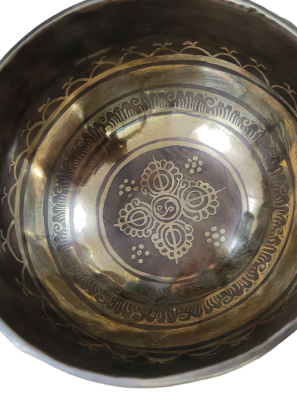
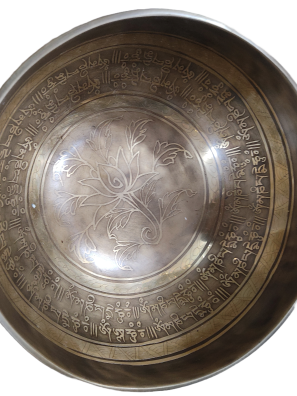
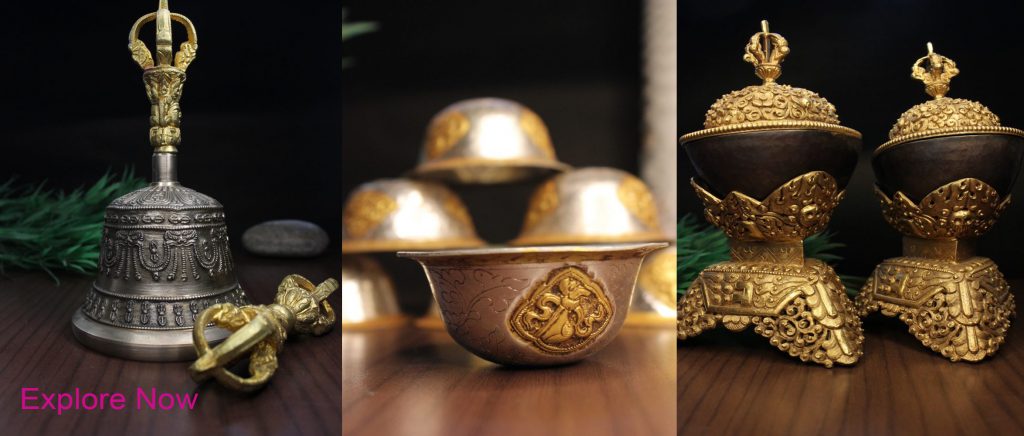
Margeret Madden
Beautiful bowl … quick service very plzed customer Thks ?
margeret madden
antrim, United Kingdom
Review left on Etsy by pinkdolphin2002 on Mar 29, 2016
Lunacywitch
Terrific bowl. Beautifully made with a lovely sound. Lovely bowl. Fast delivery.
Review left on Etsy by lunacywitch on Mar 6, 2020
Check this Product Out!